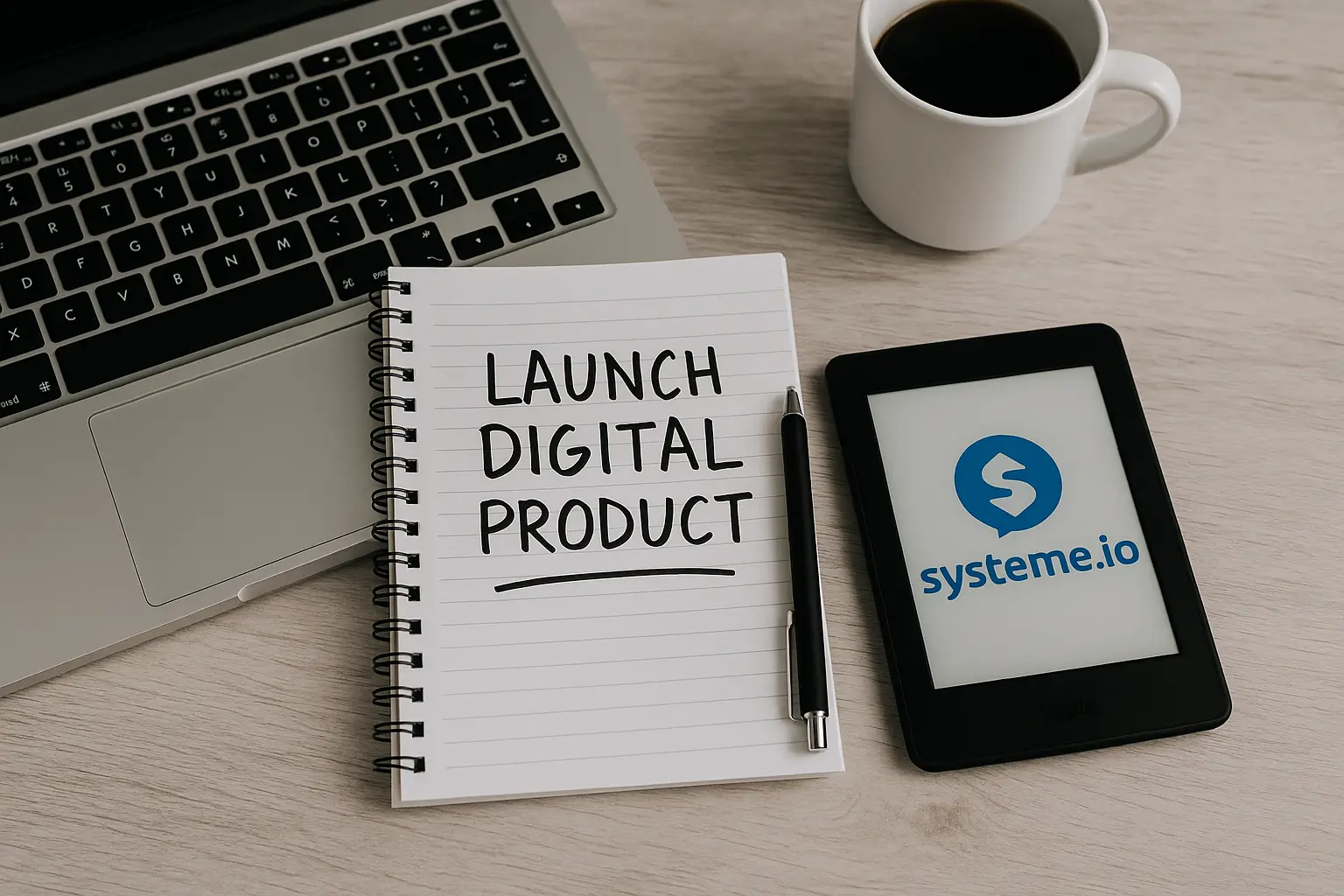Introduction: The 2025 Ecommerce Evolution Is Here 🚀
If you’re dreaming of launching your own online store—or revamping your current one—2025 is the year of endless opportunity. The ecommerce space is booming, with platforms more powerful, intuitive, and AI-driven than ever before. But here’s the catch: with so many ecommerce website builders out there, how do you decide which one is the best fit for your business?
Whether you’re selling handmade crafts, digital products, or running a full-fledged dropshipping empire, choosing the right ecommerce website builder in 2025 could be your most critical decision this year. This isn’t just about slick designs or fancy plugins—it’s about aligning your store’s vision with the right set of tools, support, scalability, and value.
In this guide, I’ve broken down the top 10 ecommerce website builders of 2025 based on real use cases, strengths, limitations, and trends. Let’s cut through the noise and find the platform that fits you.
1. Shopify – Built for Scale and Speed
Best for: Serious ecommerce entrepreneurs looking for rapid growth.
If ecommerce were a car race, Shopify is that tuned-up racecar that just keeps outperforming. With over 4 million live stores, Shopify continues to dominate in 2025 thanks to constant innovation, AI-powered features, and unmatched scalability.
Why people love it:
- Fast setup with professional themes
- App Store with 8,000+ apps
- Built-in marketing, abandoned cart recovery, multi-channel sales
- Shopify Magic: AI content generation for product descriptions
Pricing: Starts at $39/month (Basic), plus transaction fees unless using Shopify Payments.
“Shopify helped me scale from 5 orders a week to 500 a day. The learning curve was worth every minute.” – Jenna, Fashion Boutique Owner
2. Wix eCommerce – Design Freedom Meets AI Brilliance
Best for: Entrepreneurs who value creative control and simplicity.
Wix has grown beyond basic websites—it’s now a legit ecommerce contender with drag-and-drop brilliance, built-in SEO tools, and new AI integrations that make designing a storefront surprisingly fun.
Why it stands out:
- Gorgeous, customizable templates
- Wix ADI: AI-powered design assistance
- Native payment solutions & inventory tracking
- Free domain and hosting with paid plans
Pricing: From $29/month
“Wix gave me the tools to create a store that looks like I paid a designer, even though I didn’t.” – Marcus, Home Decor Seller
3. Squarespace – The Visual Storyteller’s Dream
Best for: Creators, artists, and photographers selling services or products.
Squarespace nails aesthetics. In 2025, its ecommerce features rival some heavy hitters, making it the go-to for creators who want a stunning storefront and seamless branding.
Why it shines:
- Award-winning templates
- Integrated email marketing & scheduling
- Robust mobile optimization
- Product videos, customer accounts, digital downloads
Pricing: From $23/month for commerce plans
“Squarespace makes my art look like it belongs in a gallery—and lets me sell it too.” – Anika, Artist & Blogger
4. Hostinger Website Builder – The Underdog Rising Fast
Best for: Side hustlers and budget-conscious creators.
If you’re just starting out and every dollar counts, Hostinger Website Builder (formerly Zyro) gives you solid ecommerce capability without burning your wallet.
Why it’s catching attention in 2025:
- Ultra-fast AI website builder
- Built-in marketing tools
- SSL, hosting, domain included
- New AI heatmap for UX optimization
Pricing: From $2.49/month
“It was so affordable I thought it was a scam—until I built a real, functioning store in a weekend.” – Daniel, Tech Accessories Seller
5. WooCommerce – Fully Yours, Fully Customizable
Best for: WordPress fans and DIY ecommerce pros.
WooCommerce gives you total control with open-source flexibility. The catch? You’ll need some technical chops—or be ready to hire a developer.
Why Woo in 2025 still rocks:
- No monthly fees (except hosting/domain)
- Full plugin control
- Integrates with WordPress’s powerful content features
- High-level SEO customization
Cost: Free base, with paid extensions and hosting (~$10–$30/month typical)
“WooCommerce gave me freedom—my store, my rules, no limits.” – Leo, Custom Apparel Business
6. BigCommerce – When Scaling Gets Serious
Best for: Large stores, wholesalers, and enterprise sellers.
With native B2B features and multi-storefront capability, BigCommerce is a power player in 2025.
What makes it enterprise-ready:
- No transaction fees
- API-first architecture
- Built-in international selling
- 24/7 support
Pricing: Starts at $39/month; Pro plan jumps as you scale
“Our wholesale catalog needed a strong engine. BigCommerce delivered performance we didn’t even know we needed.” – Camille, Industrial Supply Brand
7. Square Online – POS Meets Ecommerce Harmony
Best for: Small businesses with in-store and online operations.
Square bridges the gap between physical and online retail perfectly. It’s intuitive and designed for sellers who want everything in one ecosystem.
Why it’s a smart move:
- POS hardware integration
- Syncs in-store inventory with online store
- Ideal for food, service, or event-based stores
Pricing: Free with branding; premium plans from $29/month
“My food truck business went online, and Square made the transition seamless.” – Kevin, Mobile Food Owner
8. Ecwid by Lightspeed – Add Ecommerce Anywhere
Best for: Bloggers or creators wanting to embed a store in an existing site.
Ecwid’s 2025 tools are light, fast, and surprisingly powerful for something so plug-and-play.
Features people love:
- No-code integration with WordPress, Wix, or social
- Free plan for small shops
- Multilingual & global payments support
- Mobile app dashboard
Pricing: Free for 5 products, paid plans from $14/month
9. PrestaShop – Open Source, Europe-Focused Power
Best for: Developers, tech-savvy users, and multilingual stores.
PrestaShop offers unmatched flexibility and control for users comfortable with code or complex ecosystems.
Why it stands out in 2025:
- 1,000+ templates
- Advanced tax rules, GDPR tools
- Massive module library
Pricing: Free, but hosting + modules add up
10. Shift4Shop – Feature-Rich & Transaction-Free
Best for: Sellers wanting a lot without paying per sale.
Shift4Shop (formerly 3dcart) flies under the radar, but in 2025, it offers one of the most robust free ecommerce offerings—especially in the U.S.
Cool things to note:
- No transaction fees
- Built-in SEO tools
- Custom checkout pages
- Great for dropshipping, digital goods
Pricing: Free if using Shift4 payment processor
📊 Comparison Table at a Glance
| Platform | Best For | Starting Price | Key Feature |
|---|---|---|---|
| Shopify | Scalable ecommerce businesses | $39/mo | App ecosystem, multichannel tools |
| Wix | Creatives & small brands | $29/mo | Drag-and-drop + AI design |
| Squarespace | Visual branding & service sales | $23/mo | Beautiful templates, scheduling tools |
| Hostinger | First-timers on a budget | $2.49/mo | AI builder, fast setup |
| WooCommerce | WordPress pros | Free (+ hosting) | Total customization control |
| BigCommerce | Large-scale sellers | $39/mo | B2B & multi-store support |
| Square Online | POS + ecommerce hybrid | Free–$29/mo | In-store + online inventory sync |
| Ecwid | Adding ecommerce to any site | Free–$14/mo | Plugin-like functionality |
| PrestaShop | Dev-heavy international stores | Free (+ hosting) | Open source, multi-language tools |
| Shift4Shop | U.S. stores, no transaction fees | Free | All-in-one features, SEO tools |
Conclusion: What’s Right for You in 2025?
Your business isn’t one-size-fits-all—neither is your ecommerce platform. From Shopify’s scale-ready tools to Wix’s creative flexibility, or Hostinger’s affordability, each builder serves a unique purpose. The right choice comes down to your vision, budget, tech comfort, and long-term goals.
Ask yourself:
- Do I need total creative control or prefer an easy setup?
- Is my store just starting or ready to scale?
- Will I sell only online or offline too?
- Do I want simplicity, or am I ready to dive deep into customization?
🔥 Final Call to Action
Let me know in the comments: Which platform are you leaning toward and why?
Share this guide with your fellow entrepreneurs, or reach out if you want personalized advice or tutorials on getting started with any of these platforms.



